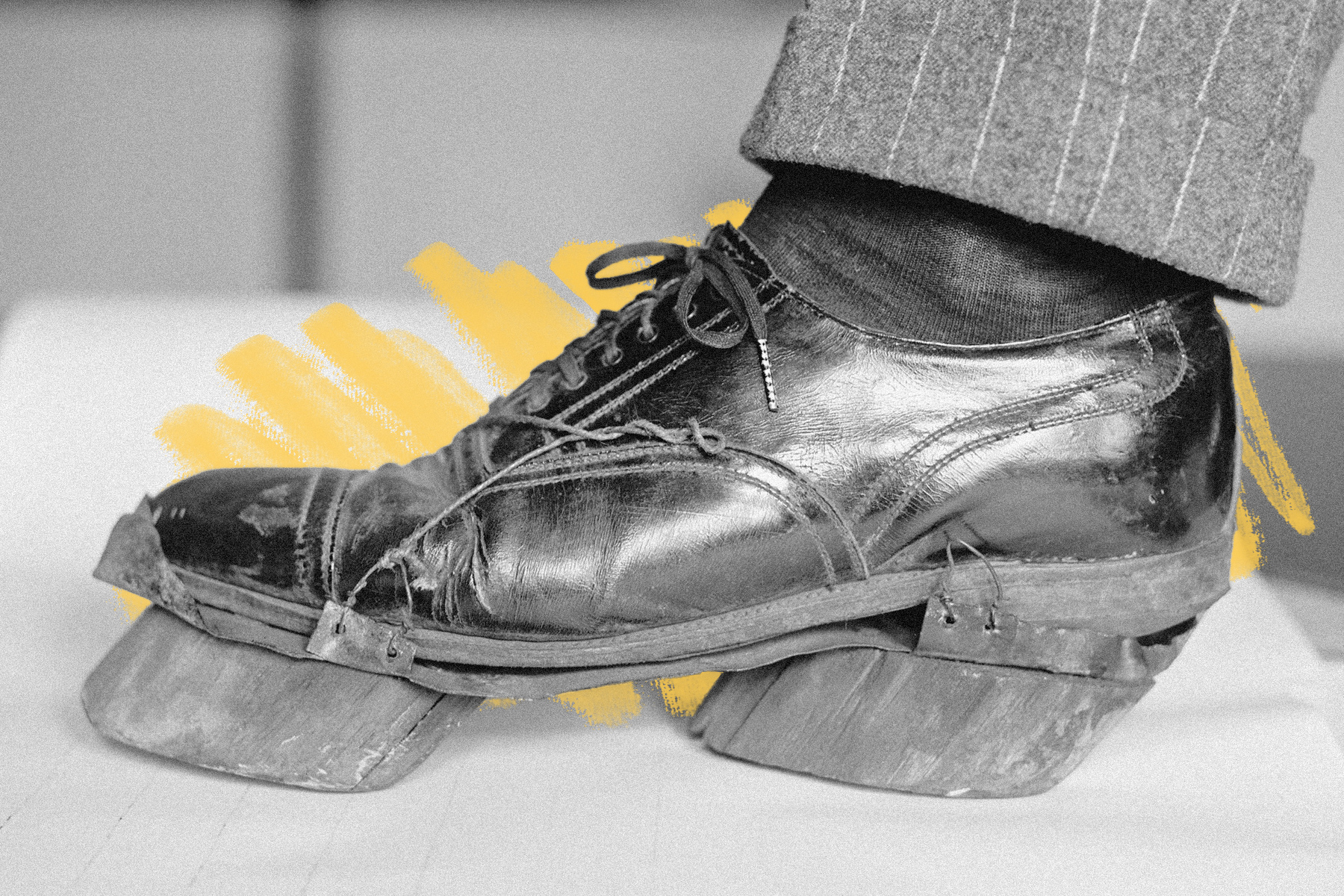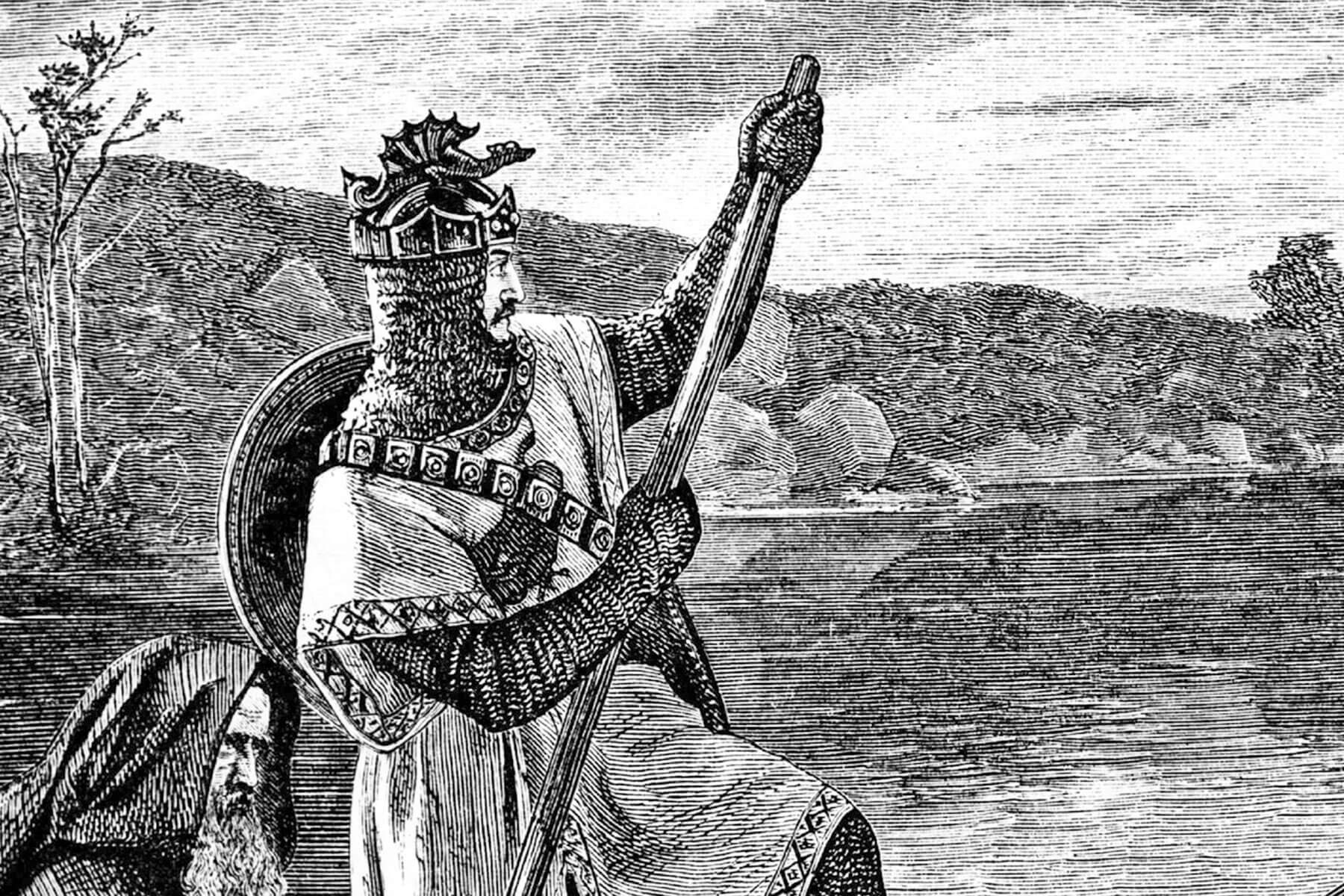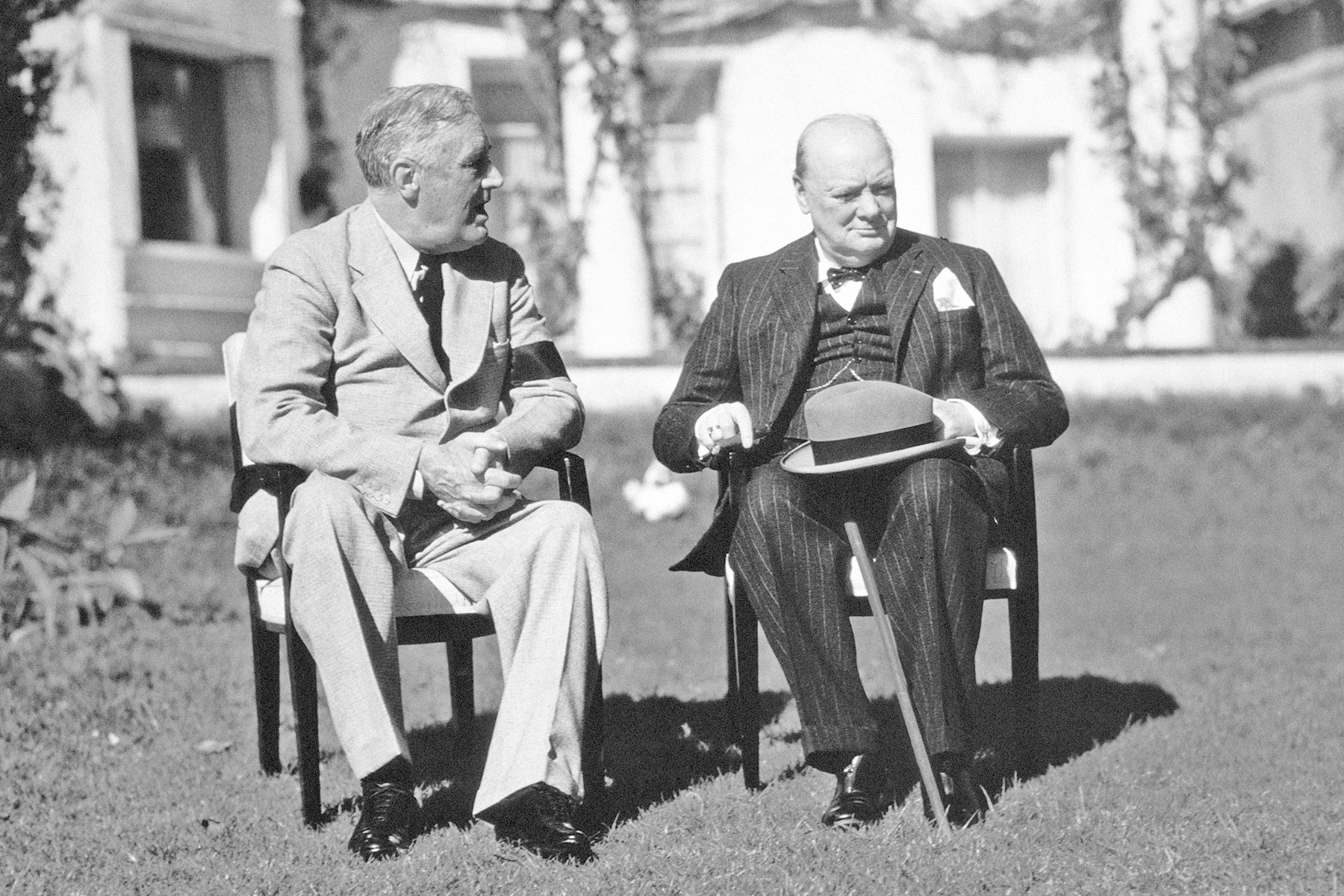Why bootleggers wore "cow shoes"
Saturday, October 5, 2024
During the Prohibition era in the U.S., the continued demand for alcohol led to a drastic increase in the illegal manufacturing and trafficking of booze. |
| |
| |
|
 |
|
| D uring the Prohibition era in the U.S., the continued demand for alcohol led to a drastic increase in the illegal manufacturing and trafficking of booze. This illicit profession, known as bootlegging, required clever work-arounds to avoid detection from federal officials. One unusual trick that bootleggers turned to was wearing "cow shoes" in an effort to quite literally cover their tracks. The disguise entailed outfitting the soles of normal shoes with wooden blocks that left behind markings that looked like cow tracks instead of shoe prints. |
|
|
| As described in a 1922 article in the Evening Independent of St. Petersburg, Florida, "The cow shoe is… a wooden block carved to resemble the hoof of a cow, which may be strapped to the human foot." The idea was to make it more difficult for feds to track down hidden bootlegging operations in places such as the middle of the woods, where many crime syndicates set up shop. The simple scheme was rumored to be inspired by a Sherlock Holmes short story called "The Adventure of the Priory School," in which a criminal uses fake cow tracks to cover up their crimes. By the mid-1920s, however, federal officials had seized some cow shoes and were well aware of the ruse, and so the practice waned in popularity. |
|
 |  |
|
|
 |
|
| |
|
| Years Prohibition lasted, from 1920-1933 | | | 13 |
| | | Cost to obtain an alcohol prescription during Prohibition | | | $3 |
| | | Cost to obtain an alcohol prescription during Prohibition | | | $3 |
|
|
|
| Year the 21st Amendment repealed Prohibition | | | 1933 |
| | | Year cattle were first domesticated | | | ~8500 BCE |
| | | Year cattle were first domesticated | | | ~8500 BCE |
|
|
|
 |
|
 | | Did you know? |
|
|
Mississippi continued to ban alcohol until 1966. |
|
| When Prohibition ended in 1933, many states were quick to allow the sale and manufacture of alcohol once again — but not all of them. Kansas continued to ban alcohol until 1948, and Oklahoma held out until 1959. But Mississippi was the longest such holdout, continuing to impose statewide alcohol restrictions until 1966. The people of Mississippi voted against repealing Prohibition in both 1934 and 1952, and future legislative debates on the topic failed to produce any change. Governor Paul B. Johnson Jr. finally repealed the ban a full 33 years after the 21st Amendment was ratified. While there are no dry states today, there are still several dry counties, including dozens throughout Mississippi. |
|


posted by June Lesley at 4:03 AM











![]()
![]()







0 Comments:
Post a Comment
<< Home